When you think about it, getting human technology onto another planet is nothing short of amazing. Only a few decades ago, it might not have seemed possible, but now, thanks to a lot of hardworking scientists, we're able to see the Red Planet's surface as if we were standing on it ourselves.
Pretty nuts!
Of course, when it comes to exploring new and uncharted areas, there's always the possibility that you might stumble across something…unexpected, and maybe even something a little unsettling.
While looking over some footage from one of NASA's Mars rovers, a few sharp-eyed viewers spotted a strange, but familiar, shape in the planet's oceans of reddish sands. Something that made them stop the video and squint, and even made some of them sure that they were looking at evidence of life beyond our own planet.
What were they looking at? A spoon. Well, it appeared to be a spoon, anyway, and someone was quick to point out, this was actually the second time something spoon-like in shape had been spotted on Mars' surface.
Of course, things don't have to be alien or supernatural to be baffling and awe-inspiring. Just look at the remote island of Socotra, which is home to some of the strangest species right here on Earth.
Take a look at the images that are stunning people around the world, and getting them talking. What do you think it is?
[H/T: Metro]
Thumbnail Photo: Flickr

Humans have always wondered what was happening on our solar system neighbor, Mars. The planet is known for its striking red color and for its ice caps, which suggest that once, long ago, the planet might have had liquid water and an atmosphere similar to Earth's.
In the 2010s, NASA sent rovers to explore the planet's surface, snapping photos and videos to show us what the red planet was really like.

The rovers showed us a desert planet of rocky hills and red dust and sand, but also possible evidence of water, which inspired scientists to hunt for signs of life. Of course, they were hoping for microscopic organisms.
Other people, however, started looking for something a little more dramatic.
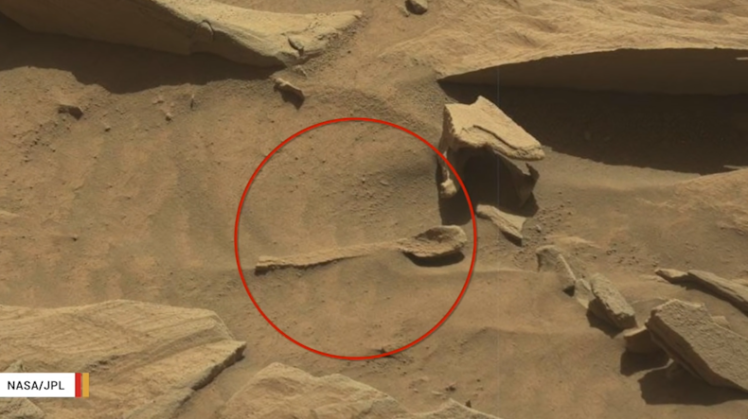
In this image, they might have found it! Spotted in a video taken by one of the rovers this year, a YouTuber with the moniker "UFO Hunter" claimed that this "spoon" was an artifact "left over from a lost civilization."
It certainly does look like a spoon you might find in your kitchen.
What's more, this isn't the first Martian spoon that's been spotted.
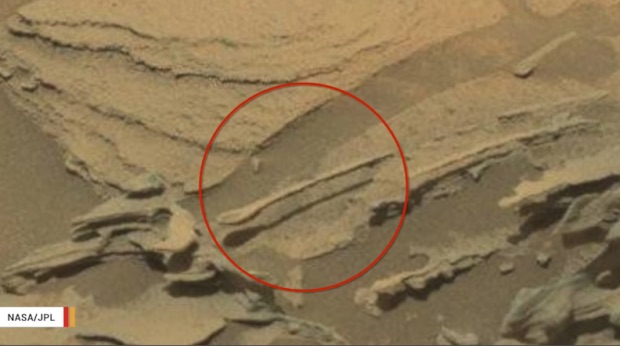
In 2015, another "spoon" was spotted, and this one even appears to be suspended above the ground.
These objects have been baffling people all over, who insist that their incredibly spoon-like shape must have been made by an advanced species.
Of course, others are more skeptical, and theorize that it must be simply unusual rock and soil erosion, or even a glitch in the rover's digital imaging.
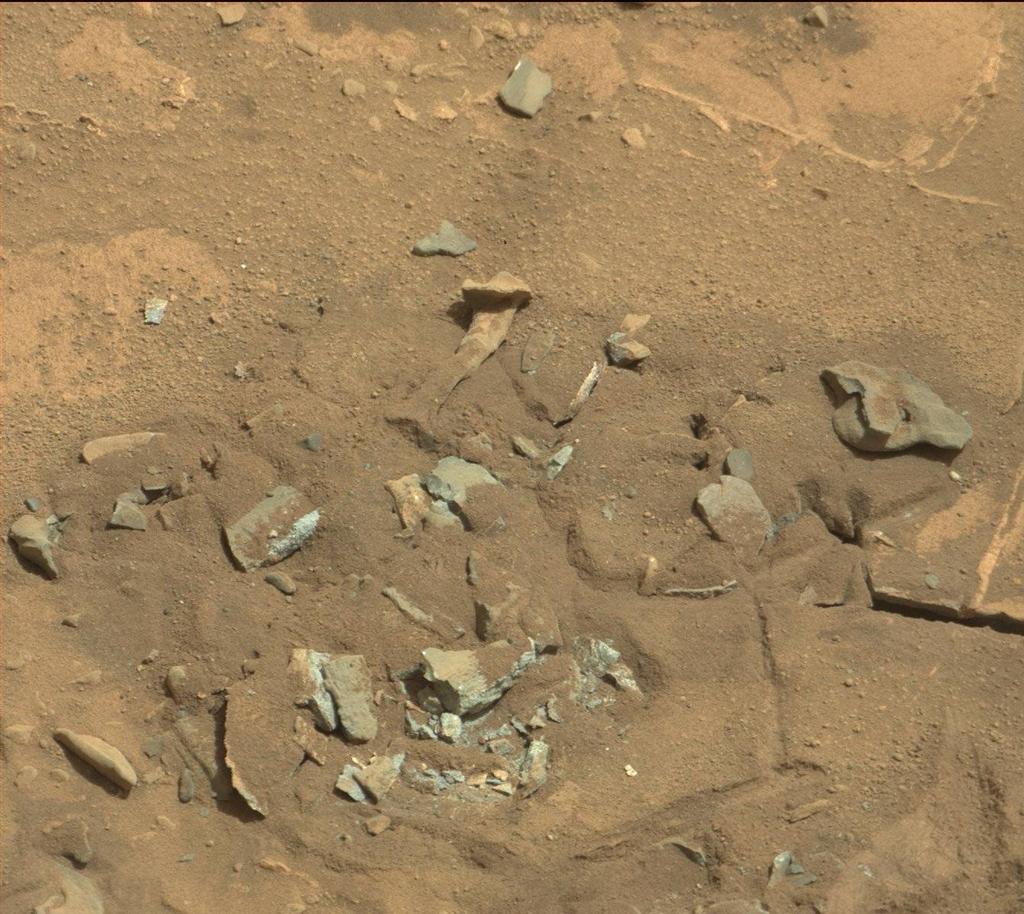
This also isn't the first time the red sands of Mars have been said to have yielded something alien.
These fragments of rock, for example, especially the one at the top center of this image, were speculated by some to be not rocks at all, but the bones of some forgotten creature.
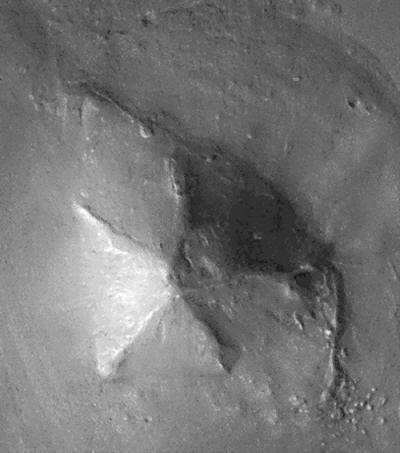
In the Martian region of Cydonia, land formations like this "pyramid" have also attracted attention. Some claim that these formations, with their angled facets, are ruins of an ancient city.
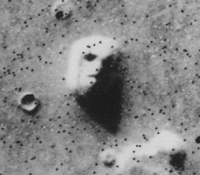
One of the most popular features in Cydonia was the "face on Mars," a rock formation that, in an early digital image, strongly resembled a human or human-like face. These images were taken in the mid 1970s, and by today's standards, have very low resolution and clarity.
Today, we can see the "face" more clearly, and it looks much more like a regular mountain.
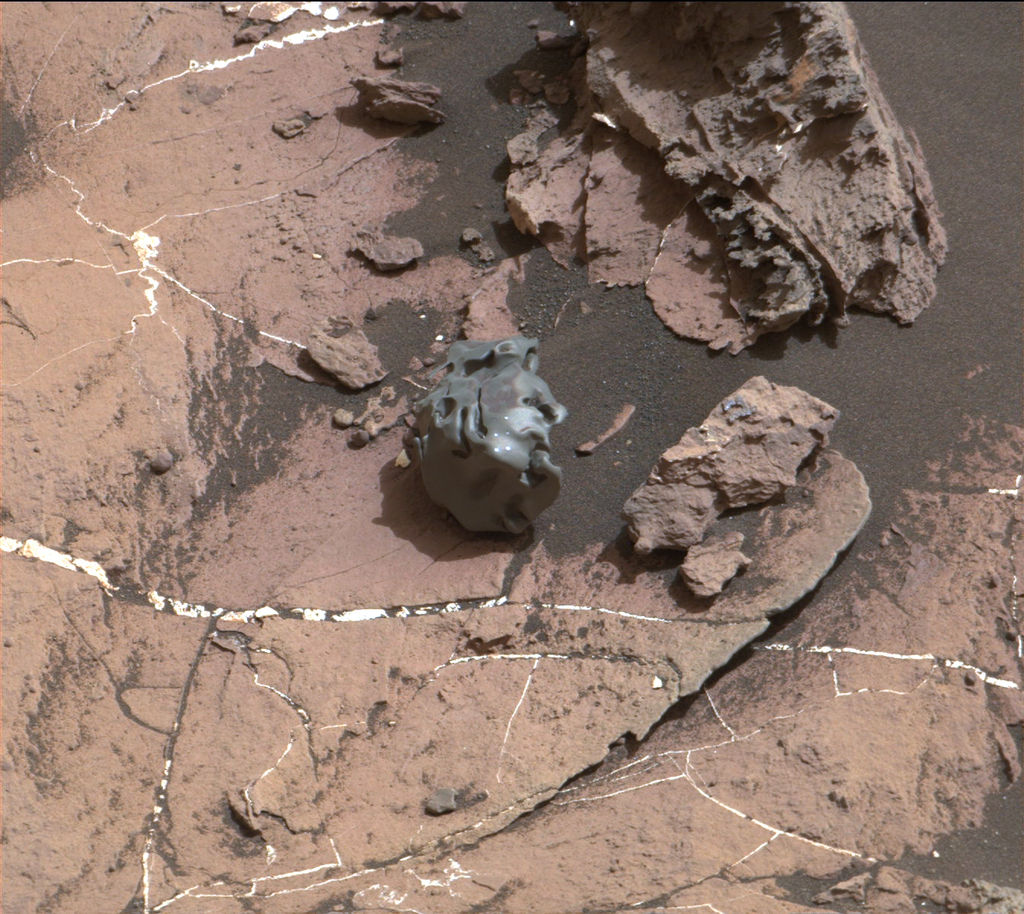
Still, you never know what you might find in the shifting sands of an alien world, like this meteorite.
Watch the video below to see the "spoons" on the planet's surface.
Do you think these "spoons" are evidence of a long lost civilization waiting to be rediscovered? Or do you think it's just some interesting erosion? Let us know your theories in the comments, and SHARE with anyone who loves a good mystery!




